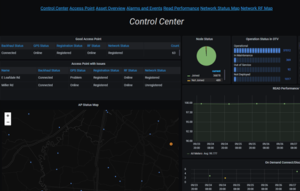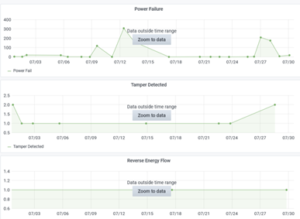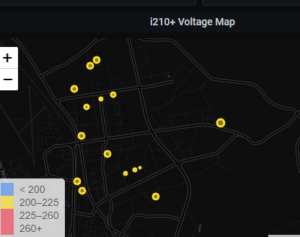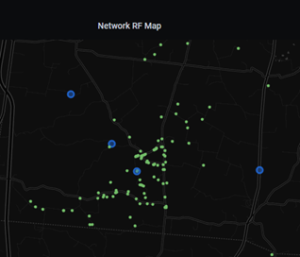
Blog
The Evolution of Smart Meters
Written by: Edmund Manabat
AMI
Smart metering started nearly fifteen years ago when utilities, municipalities and others in the energy value chain were looking for ways to read and perform commands on the meter to save time and resources and enable them to work on other activities.
The basic function was getting meter data back to the Utilities billing system. As smart metering systems were deployed and Advanced Metering Infrastructure (AMI) 1.0 is wrapping up, there were lessons learned and consumers, utilities, cities, towns and countries have recognized the Benefits of deploying smart metering systems.
What do I do with all this data?
Now that there is access to all this data, how do we use it to deliver outcomes?
I have visited a lot of companies within the energy space and have seen one thing that they have in common – dashboards where they can quickly see their network, smart meters, and other data points.

Trilliant Analytics/Dashboardspoints.
This is where the power of data analytics comes into play and where utilities can use their current deployments to analyze the data they have.
While some individuals leverage the AMI system for a daily meter read count, others look at voltage across their territory, evaluate how to balance the load of transformers to increase the lifespan of their equipment and less crew repair. Some energy companies have adopted pre-pay meters enabling time of use and real-time pre-billing. With a robust AMI system, individuals can see how many meters have been disconnected and reconnected, how many meters are reporting outage in the last our and even reduce truck rolls and enable deep, actionable intelligence. Another valuable data point? How devices are connected to the network, evaluate signal and make improvements when a weak signal is reported.

Event Count

Voltage Map
All of these data points and MORE can be seen and used – it is important that people adopting, implementing and running AMI systems know that they can define what information they way to see and ultimately drive positive outcomes.
How can I leverage new technologies on our existing AMI system? AMI doesn’t stop with the meter. Many within the energy space have or are looking to add other devices in their network like streetlight controllers, fault circuit indicators, smart gas meters, smart water meters and the like. These devices are a great example on how expanding your AMI network and adding more devices.
AMI 2.0
As many are now looking to AMI 2.0, it is extremely important to know what type of functionality, data and devices are needed for the network. By understanding daily operation is key to defining and deploying the best AMI system and this is where Trilliant partners. We understand where to get data and how to integrate it into your overall strategy.
Contact us today to explore the potential of AMI 2.0.

